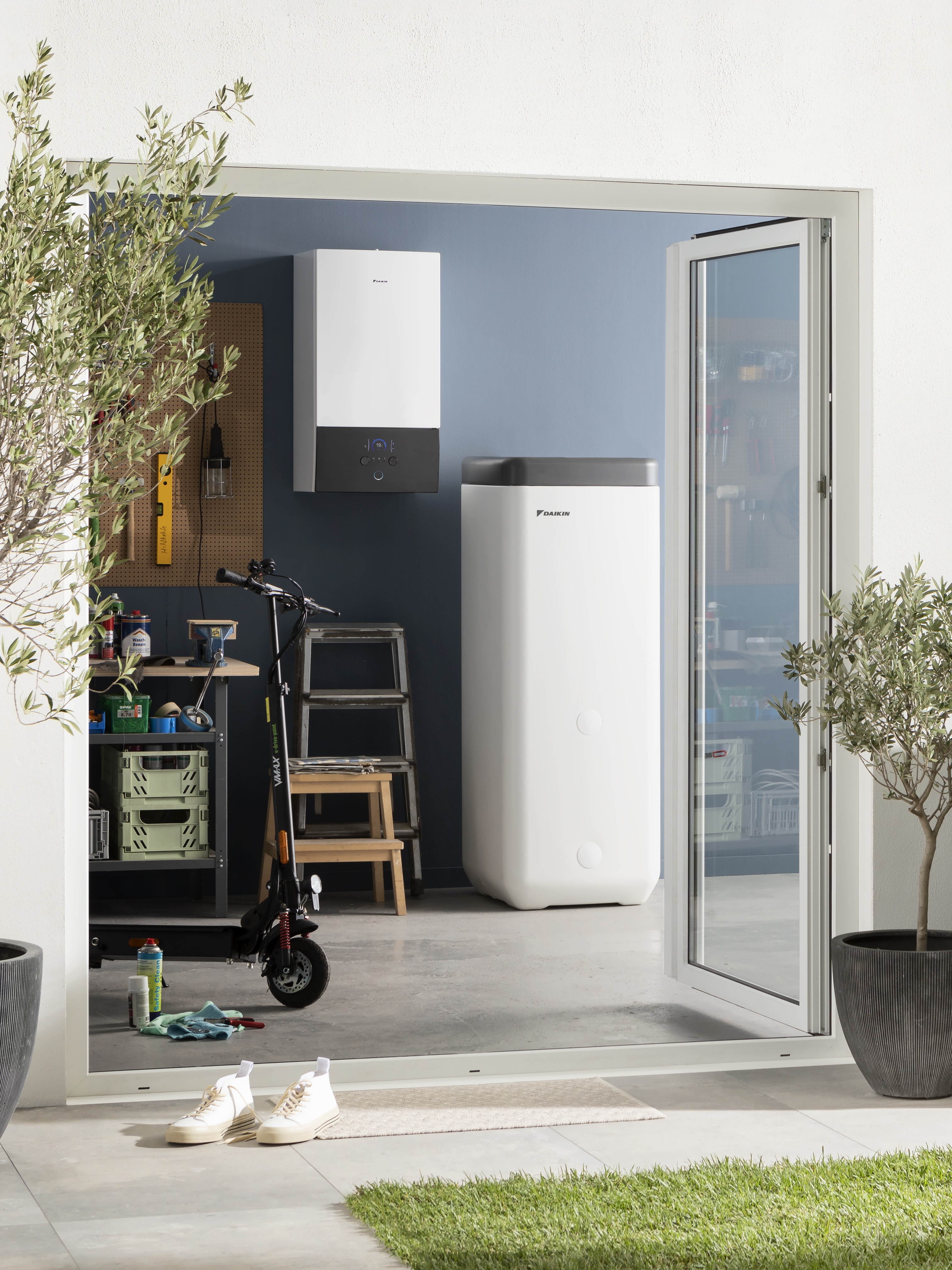Synergies among the usage of heat pumps with solar panel (PV) systems
Why combine heat pumps with solar panels?
Installing a heat pump can help you save money on your heating bills. Connecting it to solar panels can deliver even greater cost savings, as your home becomes even more energy-efficient. How does this work and how much could those savings add up to?
There are many reasons to choose a heat pump and we’ve put together a detailed whitepaper using fact-based research and peer-reviewed articles to explore those advantages in greater depth.
In this article we’ll focus on the additional value a heat pump can add to your property, including how much it can increase by and why.
When heat pumps are paired up with solar panels (also known as photovoltaic or PV panels), they get much of the electricity they need to operate – for free – from the solar energy the panels generate. As a result, they draw less electricity from the grid – so your energy bills will be lower.
Generating more of the electricity you need to heat and cool your home yourself, instead of getting it from your energy supplier, makes financial sense in more ways than one.
1. You can get paid for the electricity you produce, if you don’t use it all. At certain times of the day or year - especially in the summer or in the middle of the day - your solar panels may generate more than you need. If this happens, the excess energy can be transported back to the grid and you will receive a monthly fee, known as a feed-in tariff.
This has been an attractive selling point of solar panels for some time. Today however, feed-in tariffs are being cut back, and as a result homeowners are getting paid less for their electricity than was the case in previous years
2. With this in mind, today, an even more attractive solution is to find ways to use more of this electricity yourself, to power more of your daily needs around the home. For example:
- You can use the electricity your solar panels produce to heat your hot water all year round, instead of gas. You can schedule your hot water tank to heat up at around midday when the solar panels should be producing the most energy, and while your household energy use is probably quite low.
- You can also use the hot water tank coupled with the heat pump as an energy ‘battery’. Excess solar energy can be used to produce more hot water than your household needs during the day, storing the rest for use later on.
Daikin heat pumps use smart algorithms to make this possible, and ensure that they are always making the best use of your solar energy.
Both of these options are likely to be more cost-effective than exporting the electricity back to the grid. To demonstrate this, we conducted an experiment* using a Daikin Altherma heat pump with a 250-litre hot water tank, connected to solar panels.
By using a heat pump to produce hot water instead of a gas boiler, and storing excess energy in the hot water tank to create a ‘battery’, we found that over a year, up to half (35-50%) of the energy needed to produce hot water could come from solar energy. This is a 10% increase on what can be achieved with solar panels alone.
This should create cost savings of around €80-120 a year, just for the hot water element, while savings on heating and cooling your home can be added on top. When you compare this with the €23 you could receive for transporting the same energy back to the grid, the argument for using the electricity yourself is compelling.
*Test carried out in Belgium in 2022 with a PV installation of 5kWp. Water heated to increased temperatures of 10° above normal. Savings calculated using 0,293 euro / kWh for electricity consumption and 0,078 euro / kWh feed-in tariff (using energy prices as of June 2023).
